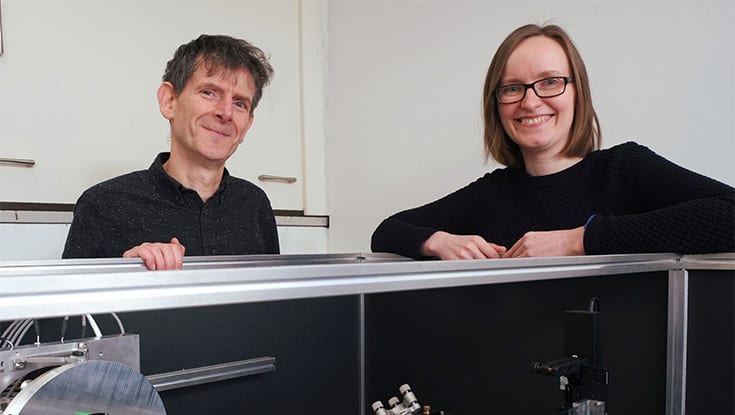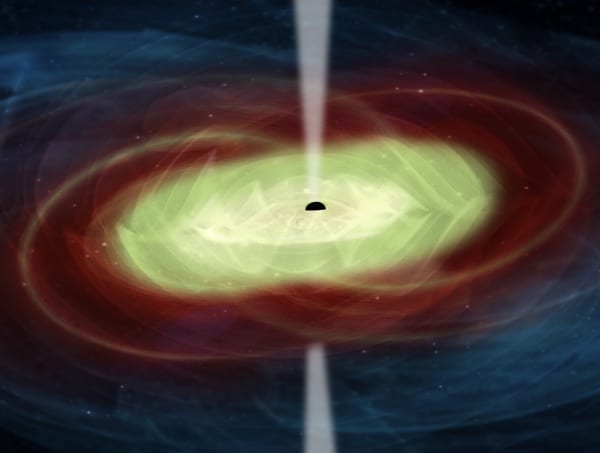A group of scientists from NUIG have been chosen by the European Space Agency to be part of a space based study of gravitational waves.
The group from NUIG’s School of Physics will be studying massive stars rotating each other, or black holes spiralling into each other, to try and detect gravitational waves.
This study is taking place as part of the space mission LISA (Laser Interferometer Space Antenna).
The European Space Agency is planning on launching three revolutionary spacecraft in 2034 to make up the first space-based gravitational wave observatory.
Gravitational Waves
Gravitational Waves are ripples in the fabric of spacetime caused by colossal masses travelling at incredible speeds.
They were first detected in 2015 by the LIGO array (Laser Interferometer Gravitational-Wave Observatory) based in the US by observing two black holes merge.
However ground based arrays like this are always going to be impacted by vibrational interference thrown off by everything from earth tremors to distant trucks.
Laser Interferometer Space Antenna (LISA)
The European LISA mission will place three spacecraft 2.5 million kilometres apart in a triangular formation, following the earth in its orbit around the sun.
The three spacecraft will be connect to one another by lasers and will try to detect the presence of gravitational waves by minute changes in their distance caused by the ripples in creation.
The size of the changes is 1 ‘pico-meter’, which is 100 times smaller than an atom.

Measures changes this small requires advanced optical techniques, and for that the ESA has turned to scientists from the Applied Optics group at NUIG.
They will be working to find out if it is feasible to measure changes so precisely.
It’s hoped that without earth bound interference, the LISA array will be able to detect gravitational waves more clearly and from a wider variety of sources, opening up new realms of astronomy.
Dr Nicholas Devaney and Dr Fiona Kenny are writing software to precisely calculate the transmission of light between the LISA spacecrafts.
They said that it is a “fantastic opportunity for Irish scientists to be involved in this exciting mission.”
“It recognises the expertise of NUI Galway scientists in the field of space optics and we plan to build on this work to expand Galway activities in this area.”
Their work will include the optical design of the telescopes and determine the effect of errors in the telescope optics, something that is vital to that array’s design and the success of the mission.
Banner Image Credit: ESA











